I recently switched to a new Dell 7550 laptop that came with Windows 10 20H2 installed. I had the same problem initially, that I had to reenter the password every time I tried to access the NAS. Now, when my computer boots, the mapped drive shows that it did not connect. When I select it, I get strange error messages like the specified device name no longer exists or I have no permission to access. I am not even give the option to enter credentials.
However, if I reboot the computer, the drive connects this time every time using the stored credentials. It then works fine until I shut down over night and reboot the next day. I suspect that, on initial boot, the drive tries to connect. For some reason, the Thecus recognizes the connection, but Windows does not. When I try to access later to establish the connection, the Thecus does not respond because this computer is already using that Thecus account. I understand one cannot have more than one connection to the same NAS from the same computer at the same time.
Why it happens only at initial boot I cannot tell unless it has something to do with timing . Moreover, check if enabling NFS client support (in Turn Windows Features On/Off) solves the problem. Try to disable offline access if using DFS shares. Also, check if restarting the Workstation service solves the issue.
Additionally, make sure if the password-protected sharing is disabled for both systems (host & guest). Addresses an issue that prevents you from reconnecting to mapped network drives after you sign in and displays an access denied error. This issue occurs if you use thenet use/deepoption to create multiple drive mappings to different paths on the same encrypted file share. We fixed an issue that might cause File Explorer and other applications to stop responding for several minutes. This issue occurs after a client reconnects to the corporate network and attempts to use mapped drives to access file shares on the corporate network.
I tested on RHEL6 system (samba server 3.6). One of the windows client was unable to connect to samba server on linux. SMB1 was disabled on windows server because of security concerns like wannacry. And "max protocol" was not set explicitly on samba server. I had successfully implemented a freenas server(FreeNAS-11.1-U4) in my office and the access to it was possible from any machine with any OS.
After the new update in windows 10 version 1709, the smb share stopped being visible in the machines operating win 10 enterprise and educational. Any other versions of windows could still access the share normaly. After some research I found that the smb v1 was is not installed by default in Windows 10 Fall Creators Update. Moreover, on other computers with Windows 8.1, Windows 7, or on Windows 10 with a build of up to 1709, the same shared network folders open normally. The point is that in modern versions of Windows 10 , the guest access to the shared folders using the SMBv2 protocol is disabled by default.
Guest means access to a shared network folder without authentication. I'm running the latest May 2020 Win10 Update build , as soon as I set this additional registry setting I was able to connect to my share without issue, no restart needed. If the issue persists even after trying the above solutions, then reverting your system to the older Windows 10 version when the network shares were working fine may solve the problem.
This method can only be applied if you are within 10 days after applying the latest update. You may have to hide the update in the Windows update settings till the issue is resolved. If the issue started to occur after a particular Windows update, then uninstall that update. The Windows OS stores cache files , called Domain Name System cache, that contains information about all visited IP addresses, websites, hostnames, and resource records.
You may fail to access network shares if the DNS Cache service is disabled . In this case, enabling the DNS client service may solve the problem. Also, check if permission for the shares is set to Everyone. Make sure the date & time of both systems is correct.
Windows 10 File Sharing feature enables users to quickly share files with computers inside the local network they create, which is very convenient and safe. However, many users have met the same issue after update 1803, 1809, or 1903, which is Windows 10 file sharing not working. Here we provide 8 feasible ways to fix Windows 10 network sharing not working. A little bit further downstream from cleaning up and restarting the pseudo-DNS service, the samba agent complained that there are a shit ton of new devices all trying to hit the shares. As a security measure, all shares are locked down because of a bunch of "unknown" devices hitting the NAS at once. So I basically defaulted all samba configurations by replacing the files with the factory default ones, then setup all the shares.
These vulnerabilities were being exploited by threat actors to gain elevated privileges on affected and unpatched devices. Although the update has addressed the security issues, many users are reporting 0x b error when using network-based printing, right after rebooting the system to apply the update. The error message clearly shows that the network shared folder supports access over the SMBv1 protocol only. In this case, you should try to reconfigure the remote SMB device to use at least SMBv2 .
The issue arises when the user could not access his network shares/mapped drives after the Windows Update 2004. The issue is reported on the domain as well as on a simple home/office network. On win10 20H2 and the regsitry edit Provider Flags breaks again after a reboot or shutdown. I created a simple batch file and added it to my startup folder in windows. Regardless now it works every time I restart my computer.
Be nice when microsoft fixes the problem. A malicious computer that impersonates a legitimate file server could allow users to connect as guests without their knowledge. Microsoft recommends that you do not change this default setting. If a remote device is configured to use guest credentials, an administrator should disable guest access to that remote device and configure correct authentication and authorization. If you fail to access a specific folder when connecting to a remote server computer for file sharing, you might want to add a credential to fix the problem.
In order to proceed, you will need to know the network address, username, and password of the remote computer or server. When the problem arises, the computers on the network might not find each other, or users can't access the files of another PC, or users can't see shared folders. Also, this may be caused by disabled SMB 1.0, Windows update, network issue, etc. If you have already encountered this issue on your device, you can mitigate it within the uninstall window by going back to your previous version of Windows using the instructions here.
The uninstall window might be 10 or 30 days depending on the configuration of your environment and the version you're updating to. You will then need to update to the later version of Windows 10 after the issue is resolved in your environment. Note Within the uninstall window, you can increase the number of days you have to go back to your previous version of Windows 10 by using the DISM command /Set-OSUninstallWindow. You must make this change before the default uninstall window has lapsed. For more information, see DISM operating system uninstall command-line options.
We are working on a resolution and will provide updated bundles and refreshed media in the coming weeks. This issue is resolved using Known Issue Rollback . Please note that it might take up to 24 hours for the resolution to propagate automatically to consumer devices and non-managed business devices. Restarting your device might help the resolution apply to your device faster. For enterprise-managed devices that have installed an affected update and encountered this issue, it can be resolved by installing and configuring a special Group Policy.
Note Devices need to be restarted after configuring the special Group Policy. For help, please see How to use Group Policy to deploy a Known Issue Rollback. For general information on using Group Policies, see Group Policy Overview.
On the one hand, this affects the live migration of virtual machines since Hyper-V also supports SMB shares as storage for VHDs. A major motivation for SMB compression, however, has likely been services such as Azure files. In most cases, users connect to the cloud via relatively slow networks; hence, the greatest benefit can be achieved here by reducing the amount of data transferred.
You may fail to use the network shares if the said services are disabled. In this case, enabling these services may solve the problem. I wasn't able to see any devices or files on my network until I enabled SMB 1. However, in the same article that told me how to enable that, I was warned that SMB 1 is "VERY UNSAFE" and should not be selected. But if I uncheck that box, then I can't print to my usb printers connected to my desktop.
Darned if I do it, and darned if I don't. Is there any other way to have my network see my devices and files without running SMB 1client and server? Are you facing 'Can't connect to File Share. This share requires obsolete SMB1 Protocol' message when you are trying to access a remote file share? If you are, then the problem is happening because the particular remote server you are trying to connect uses SMB1 protocol to share which has become obsolete . But, SMB1 protocol included in Windows optional features for the users just like you who can enable if necessary.
Follow these fixes and you will be easily able to connect to remote file share server. The batch file method assumes that the username and password of the network drive are already stored under Windows Credentials. To store it, you may map the network drive interactively using the Map a Network Drive menu option, with the Reconnect at sign-in enabled. Then, disconnect the mapped network drive. That way, the username & password get stored in the Credentials Manager.
With the My Cloud app, you can access, upload and share your content from anywhere with a network connection. We fixed an issue that prevents Server Message Block 1 clients from accessing the SMB share after restarting the LanmanServer service. So chalk this one up to a corrupted DNS service, but not really? To your earlier points about trying to use the NAS as the DNS service, I didn't want to do that because I'm already using my PiHole for that. And I've never enabled that functionality in the NAS.
However, a couple of firmware updates ago, something changed. However, I believe I've solved the problem. The solution was to actually kind of a little bit from everybody's points, starting with the network/DNS configuration, to the SMB configuration, to rebooting, and everything in between. I was going down a rabbit hole of learning how QNAP handles samba shares. So I needed to learn how Linux handles sambas. Then I needed to learn how QNAP handles samba shares.
That might tell you whether it is a problem with the clients or the server at least. In this case, Microsoft recommends changing the settings on a remote computer or NAS device that hosts the network folders. It is advisable to switch the network share to the SMBv3 mode.
Or configure access with authentication if only the SMBv2 protocol is supported by the device. This is the most correct and safest way to fix the problem. You can't access this shared folder because your organization's security policies block unauthenticated guest access. These policies help protect your PC from unsafe or malicious devices on the network. You can't access this shared folder because your organization's security policies block unauthenticated guest access.
Windows 10 file sharing can be affected by many factors. Once it works improperly, it might be difficult for you to resolve the problem timely. To ensure a successful and smooth PC data transfer, the file sharing software - EaseUS Todo PCTrans is what exactly you need. Being a user-friendly PC transfer tool, EaseUS Todo PCTrans enables you to transfer data, applications, and account settings from one PC to another in one-click.
It provides three easy transfer ways in all. Didn't really have time to move multiple shared folders from one server to a newer one just because of one user. SMB or Server Message Block Protocols are used to connect your computer to an external server. Windows 10 ships with support of these protocols but they are disabled in the OOBE. Currently, Windows 11/10 supports SMBv1, SMBv2, and SMBv3 as well. Different servers depending upon their configuration require a different version of SMB to get connected to a computer.
But in case you are using Windows 8.1 or Windows 7, you can check if you have it enabled too. Expand Private , tick Turn on network discovery and Turn on automatic setup of network connected devices, then click Save changes to exit this window. And you can easily find your files by searching date, time, or keyword, create photo albumes and create private space for users added to your devices. Besides, it works seamlessly with Windows Backup, for example, File History or Backup and Restore , Time Machine and your phone's camera roll. A small subset of users have reported lower than expected performance in games after installing this update.
Most users affected by this issue are running games full screen or borderless windowed modes and using two or more monitors. After installing this update and restarting your device, you might receive the error, "Failure to configure Windows updates. Do not turn off your computer," and the update might show as Failed in Update History.
Do not turn off your computer", and the update might show as Failed in Update History. "After installing this update and restarting your device, you might receive the error, "Failure to configure Windows updates. Do not turn off your computer", and the update might show as Failed in Update History."


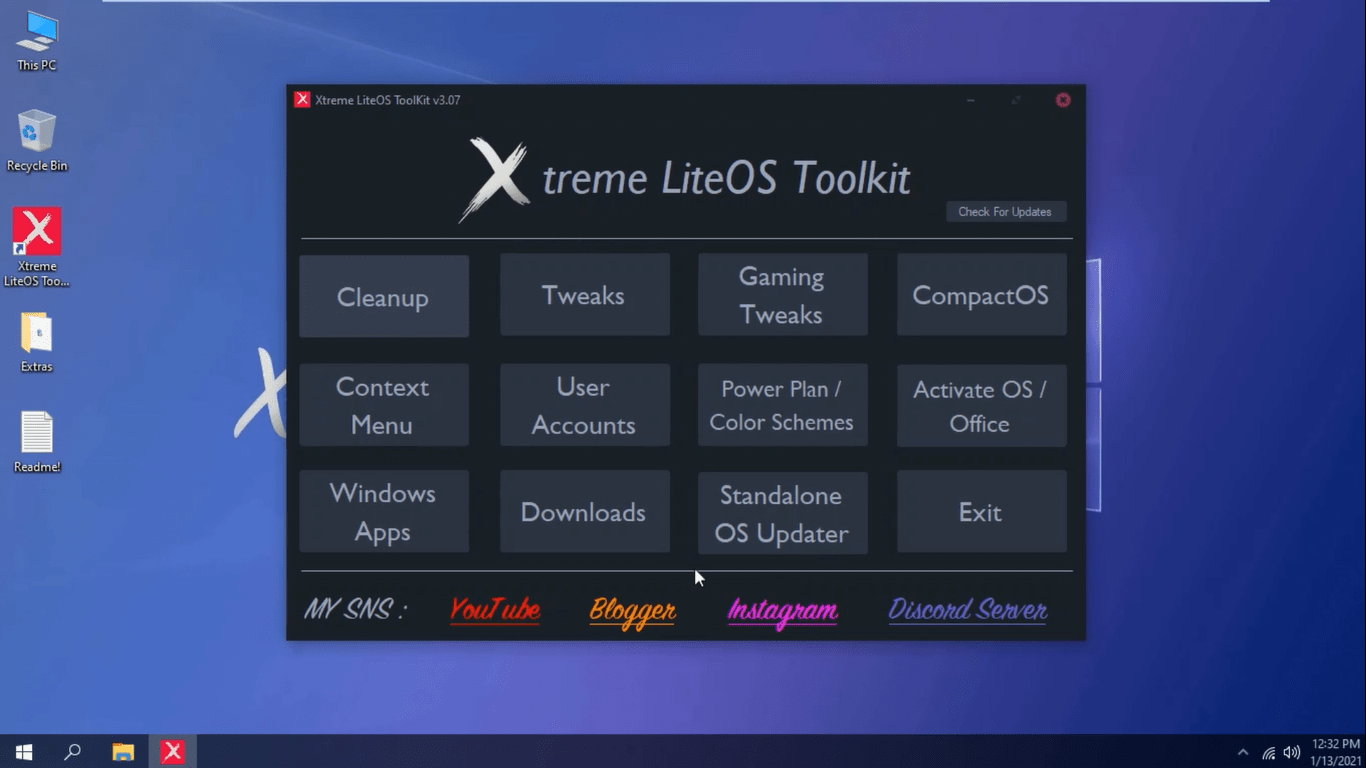



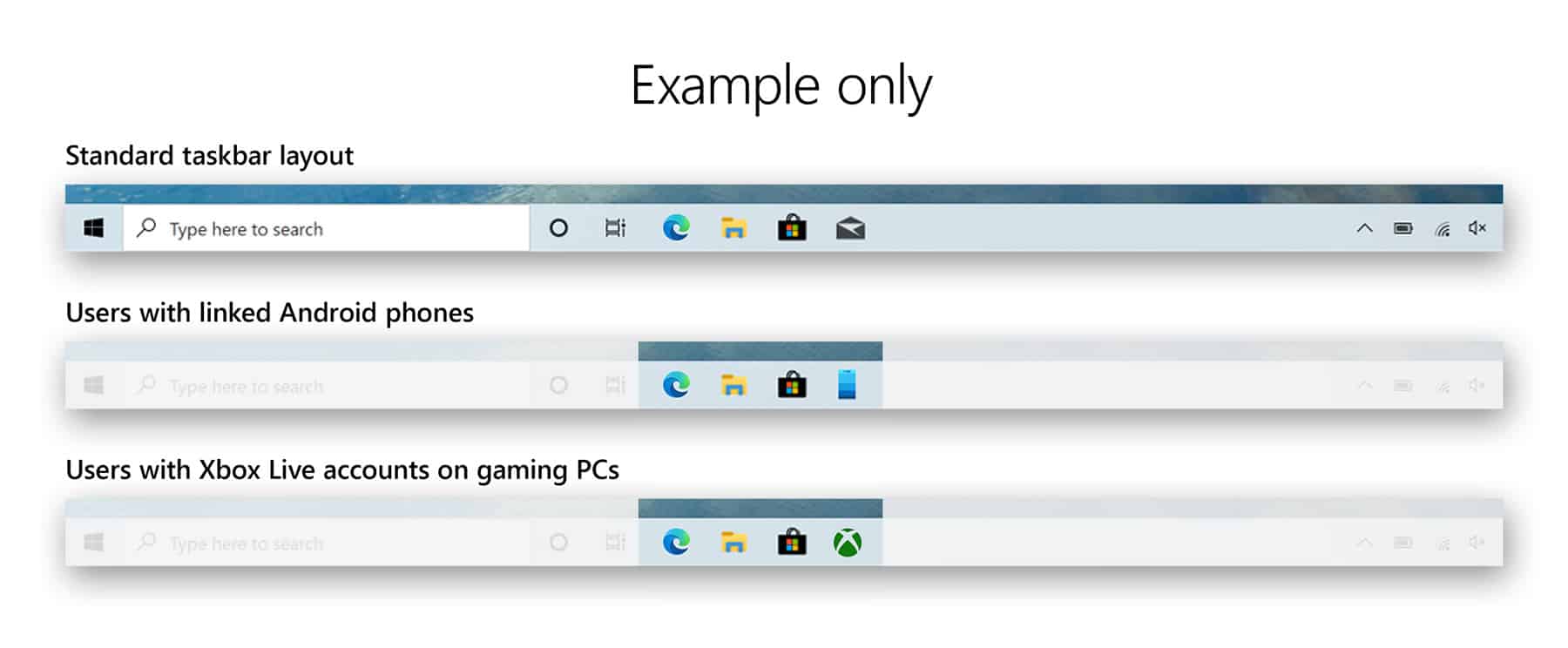
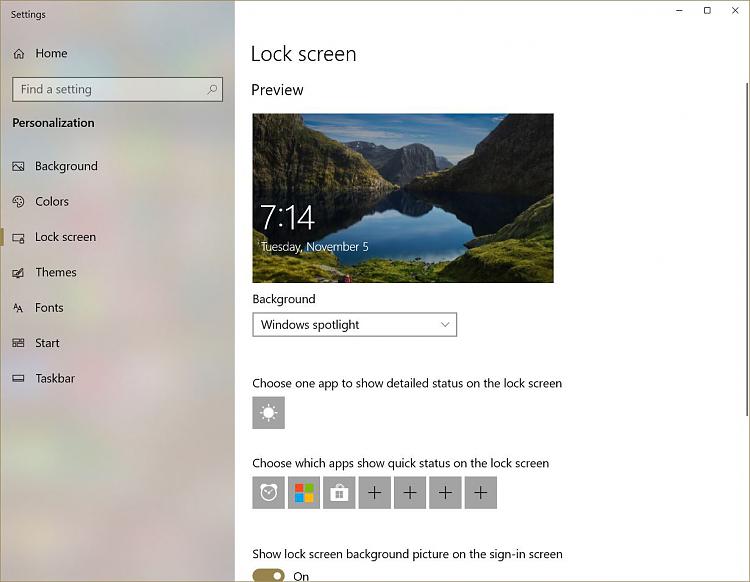
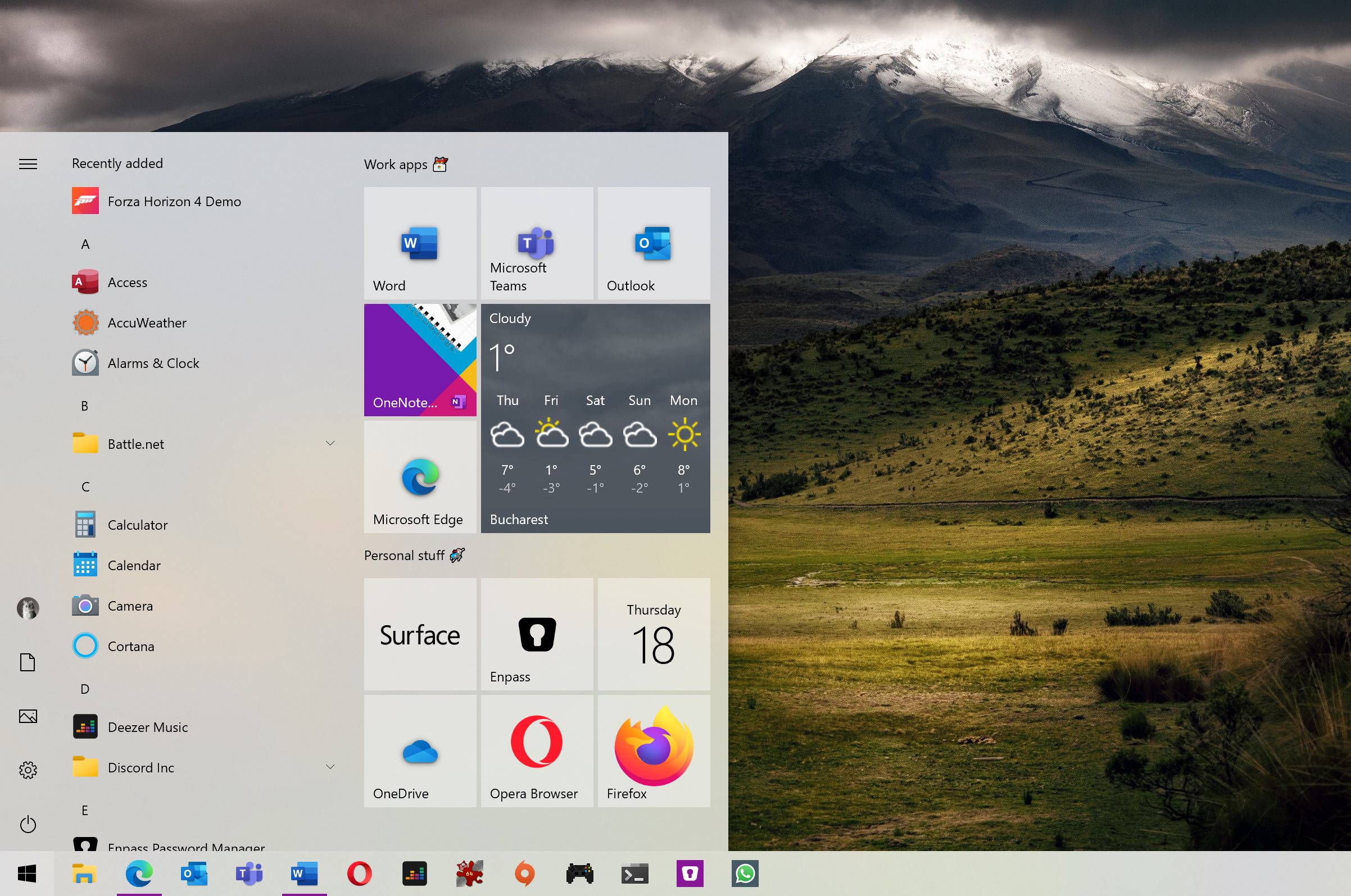


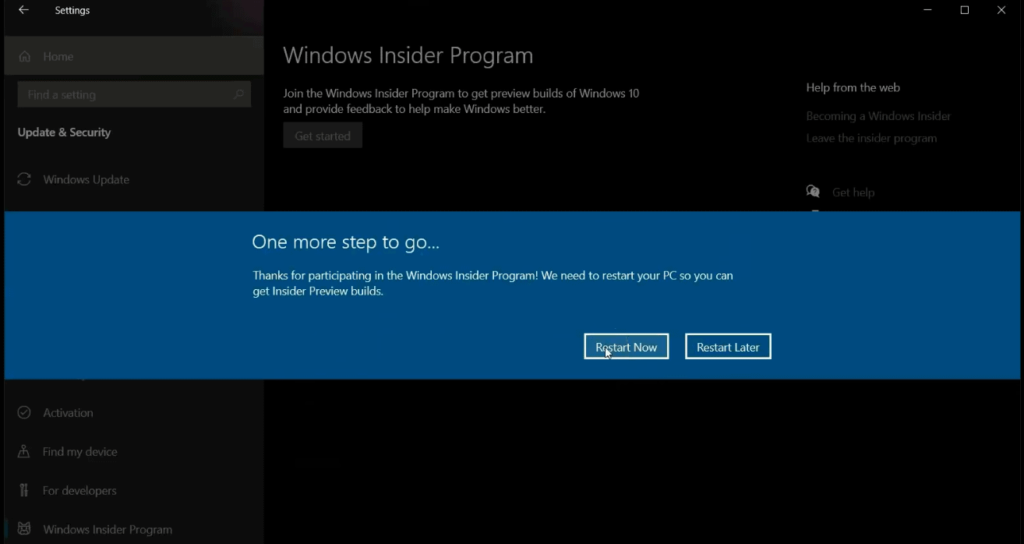


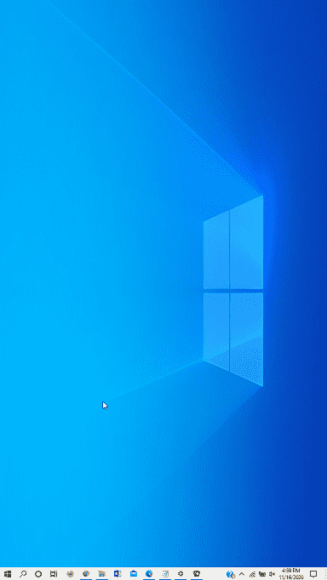


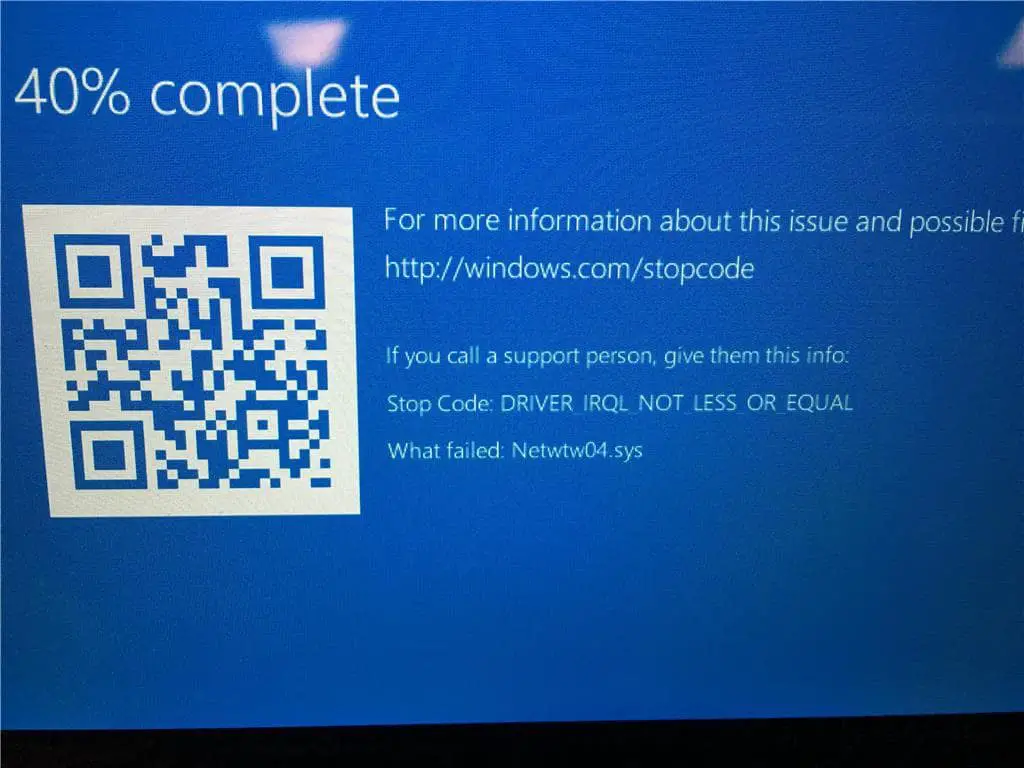



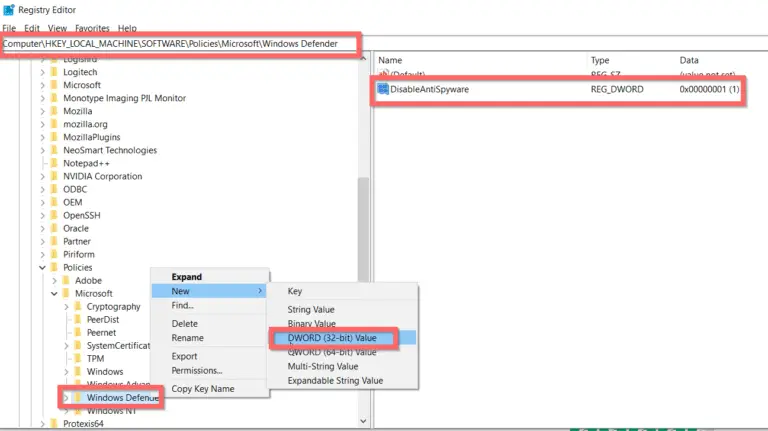





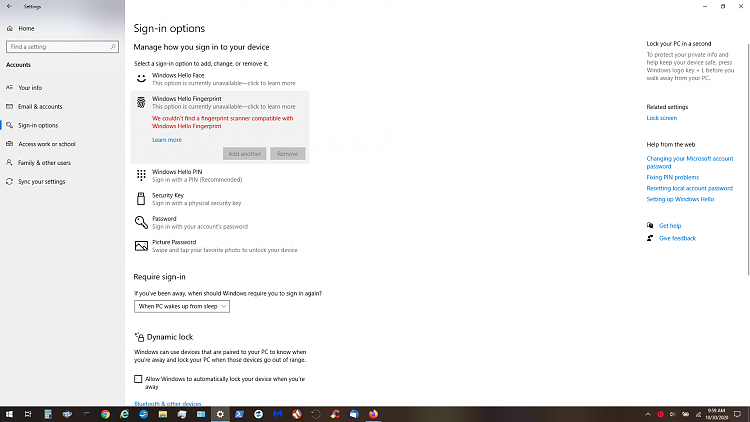
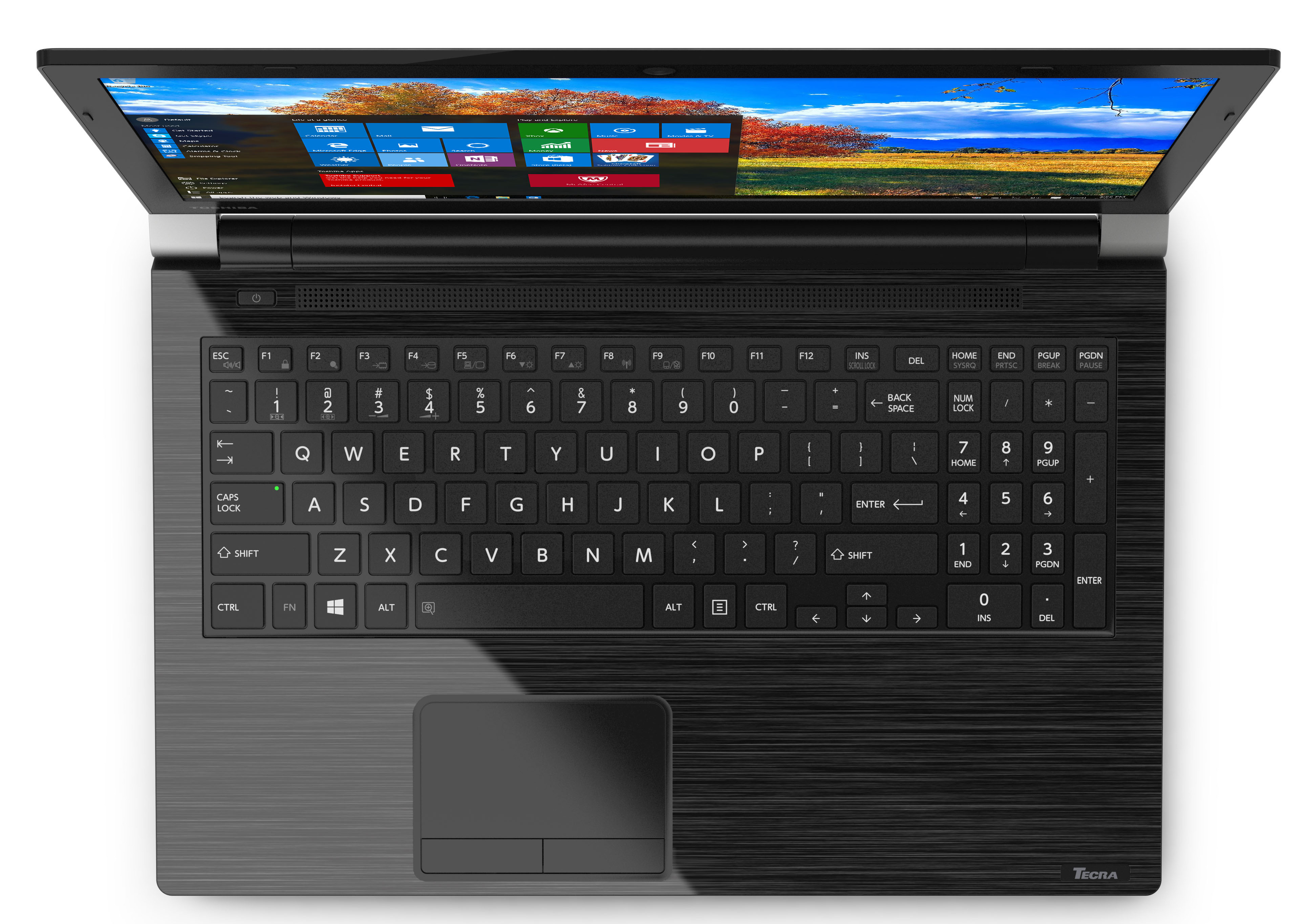
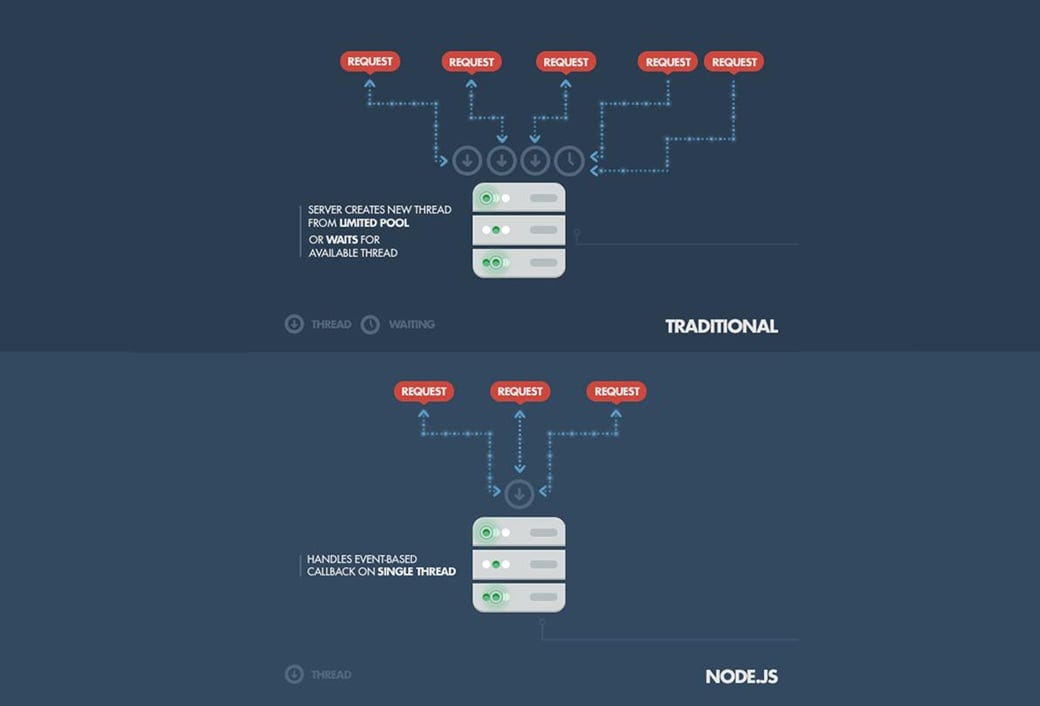
No comments:
Post a Comment
Note: Only a member of this blog may post a comment.